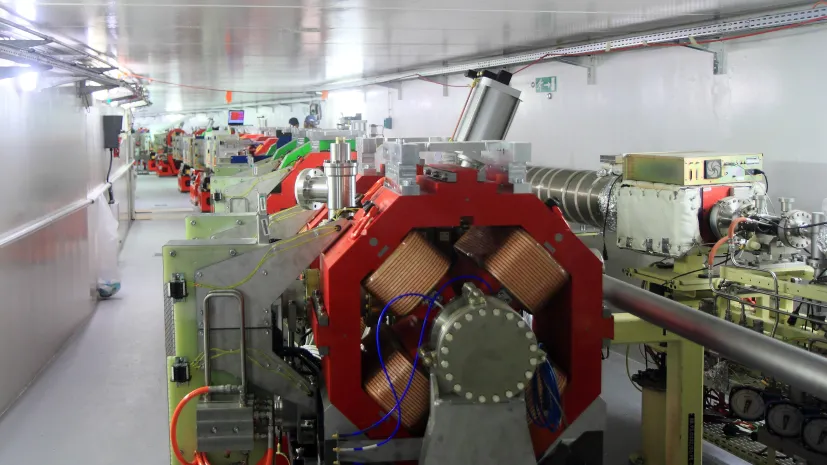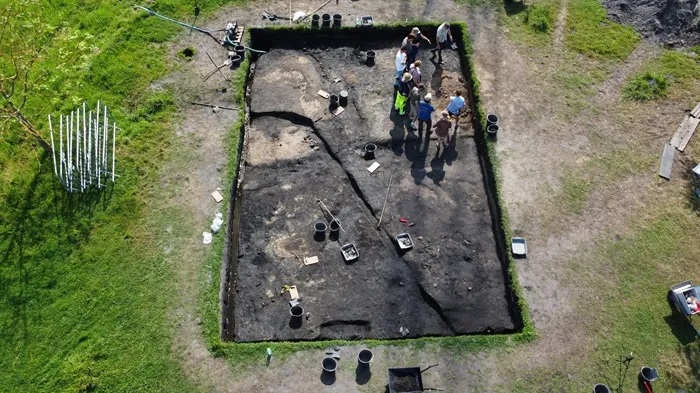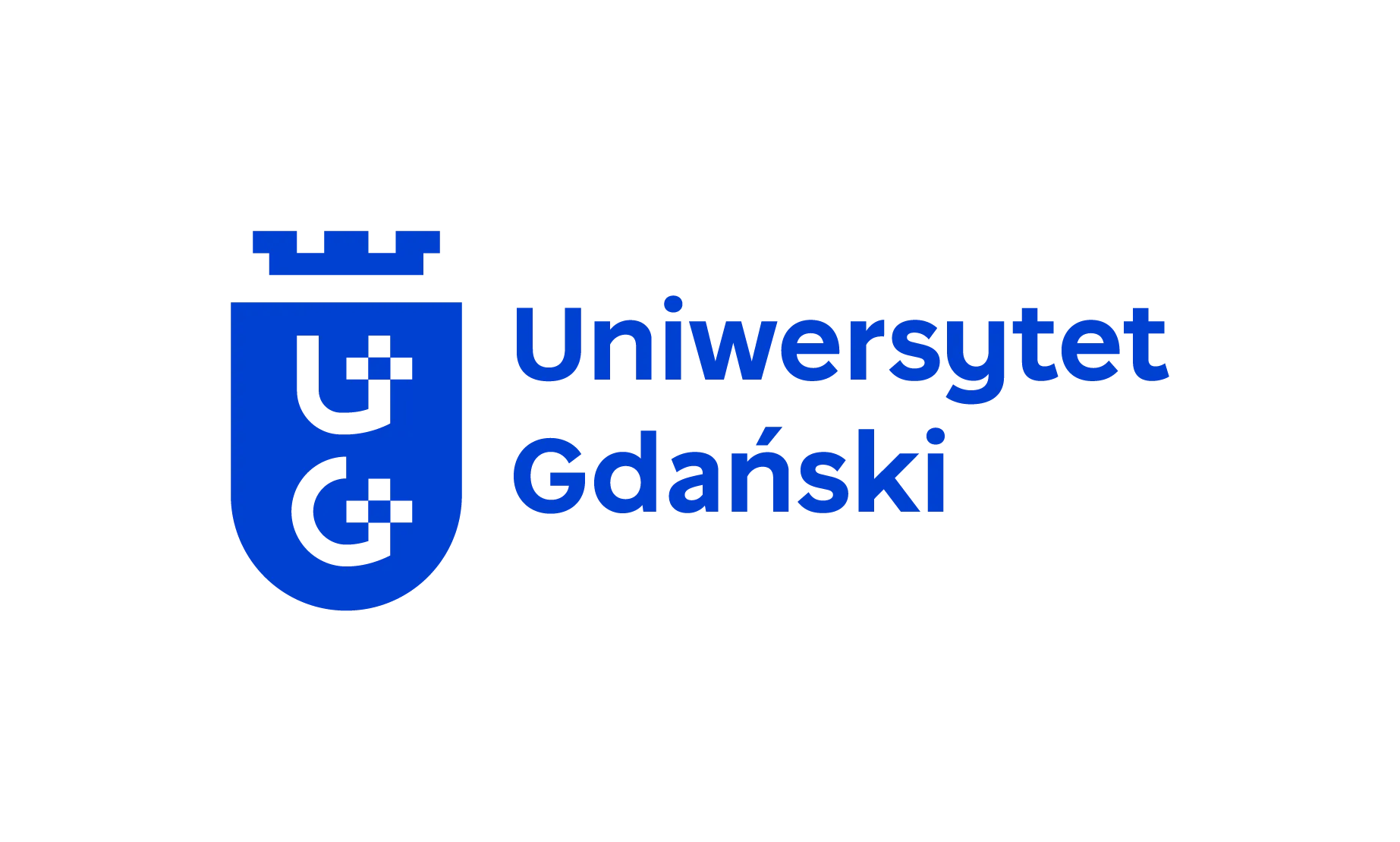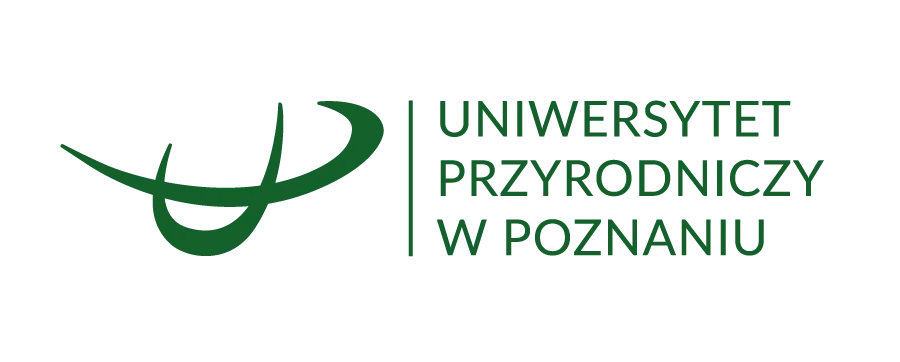-
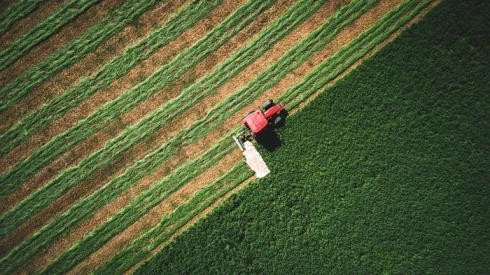
Polish scientists patent cold plasma method to protect plants from bacteria
A scientific team from Gdańsk and Wrocław have obtained a patent for a method of protecting plants against bacteria using cold atmospheric plasma.
-

Polpharma to receive PLN 30 mln in state funding for RNA drug technology development
Poland’s largest pharmaceutical company, Polpharma, will receive PLN 30 million to develop production technology for RNA-based drugs, Poland’s Minister of Development Funds and Regional Policy has announced.
-
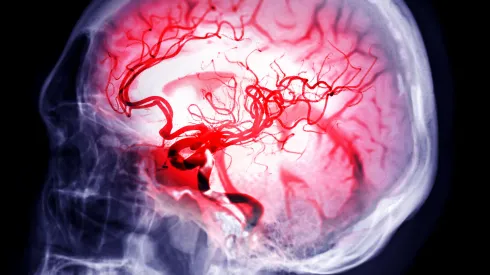
Gdańsk scientists develop AI to detect brain aneurysms
Scientists from three Gdańsk centres are developing an artificial intelligence tool that could dramatically improve the early detection of brain aneurysms, potentially preventing ruptures and haemorrhages.
-
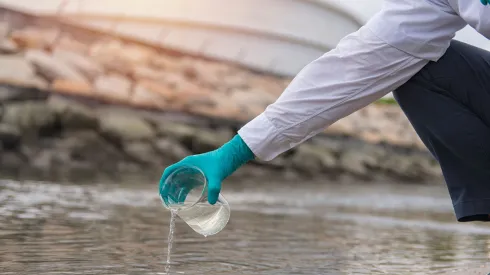
Scientists turn waste into powerful water cleaner for industrial dyes
Scientists from India, in collaboration with Polish PhD Michał Piasecki from Częstochowa, have developed a porous material from agricultural and industrial waste that accelerates the decomposition of persistent dyes in wastewater under visible light.
-
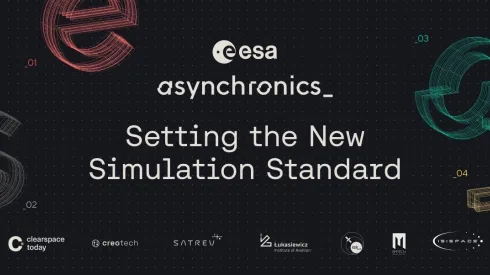
European Space Agency launches ASCEND programme to advance digital twins for satellites
The European Space Agency (ESA) has launched a new project called the ASCEND programme to create accurate digital copies of space technology components, with a Polish company providing participating enterprises free access to technologies enabling the development of “digital twins.”
-

Leap in AI development. Polish researchers break impasse in reinforcement learning
A team of computer scientists, including two researchers from Poland, has developed a method that allows reinforcement learning (RL) models to use neural networks with up to thousands of layers, a scale previously considered impossible.
-

AI chatbots can sway voters more than traditional political ads
AI-based chatbots can influence voter attitudes more effectively than traditional political advertising, according to new research published in Nature.
-

Stressed parents more likely to share screen devices with their children, study finds
Stressed parents are more likely to give screen devices to their children, which can increase the risk of overuse, according to new research. The findings also suggest that parents’ knowledge of recommended screen time limits for preschoolers has little impact on actual practices.
-
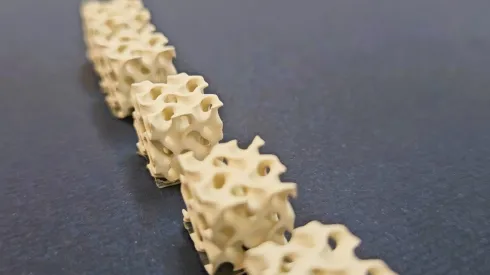
Researchers develop 3D-printable ceramic resin for custom bone implants
Researchers from the Cracow University of Technology (CUT) and the Polish Academy of Sciences have developed biocompatible, photocurable ceramic resins that mimic bone structures, enabling rapid 3D printing of custom endoprostheses and implants.

